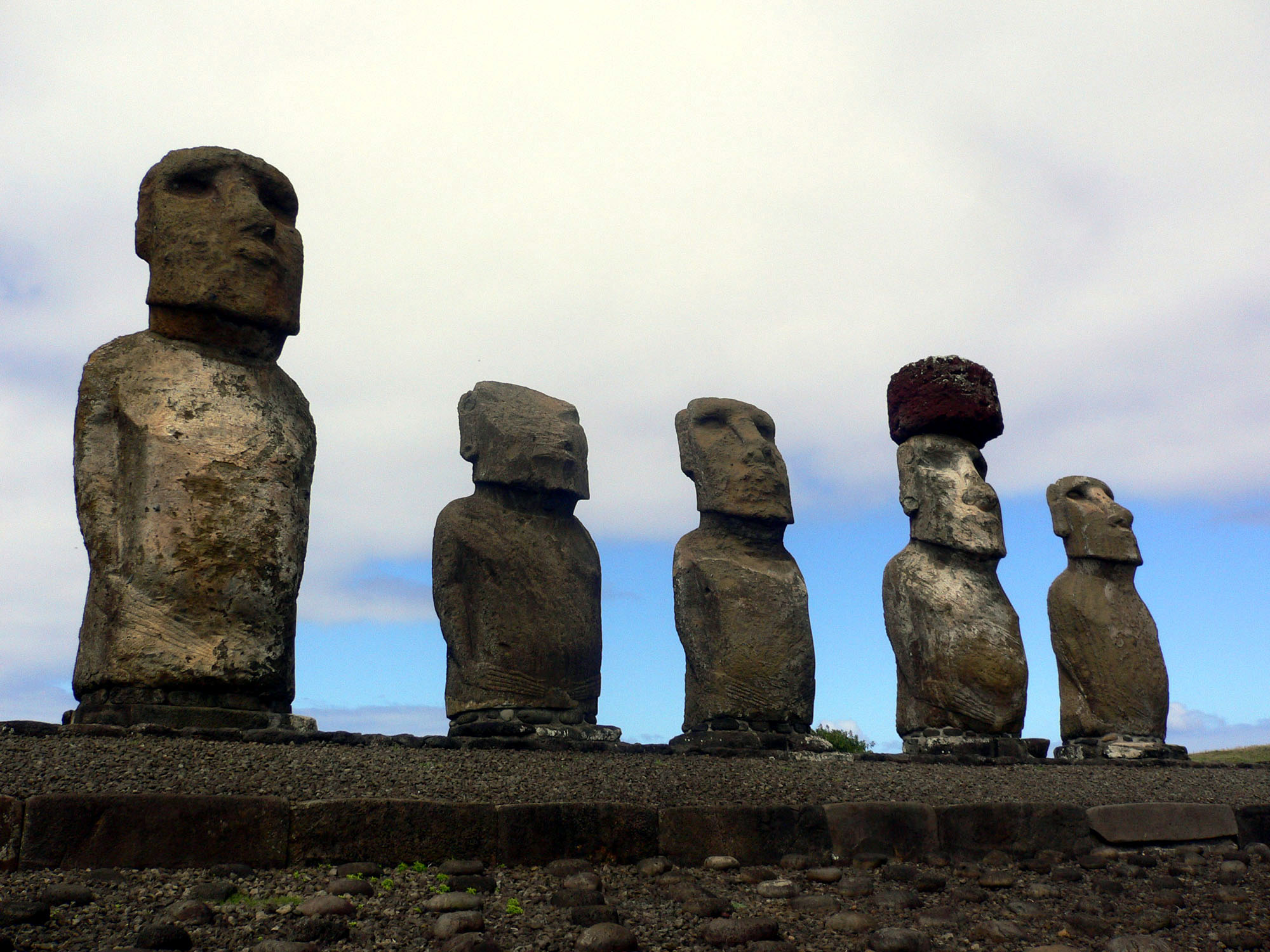Tribes, Conservation Groups File Motion to Support Rigorous Environmental Review of Little Rockies Mining
Mining company challenging State of Montana decision to require comprehensive review of mining activity

Almost by definition, Native American religions and spirituality are rooted in the land. Sacred sites often provide the physical foundation for a tribe’s creation stories, the thread that connects each new generation to their ancestors and knits them into the fabric of tribal culture and identity. The protection of Native sacred sites, and defending the ability to conduct rituals and ceremonies at these sites in privacy and without disruption, are therefore vital to maintaining and passing from generation to generation the distinct identities, traditions, and histories of Native peoples.
The use and protection of sacred sites is not merely a cultural or spiritual concern. It is a human right that has been identified and protected by international law. Article 25 of the UN Declaration on the Rights of Indigenous Peoples provides that:
“Indigenous peoples have the right to maintain and strengthen their distinctive spiritual relationship with their traditionally owned or otherwise occupied and used lands, territories, waters and coastal seas and other resources and to uphold their responsibilities to future generations in this regard.”
The Center uses a diverse approach that includes strategic communications, litigation and other advocacy aimed at guaranteeing religious freedom for indigenous peoples throughout the Americas.
Mining company challenging State of Montana decision to require comprehensive review of mining activity
Media Contact
Andrew Werk, Jr., President, Fort Belknap Indian Community
406-390-2650 (mobile) | 406-353-8305 (office)
[email protected]
In the fall, we reported that four Rapa Nui leaders were arrested for trying to manage their sacred sites and preventing an illegal search of Rapa Nui Parliament offices. Those who were arrested have been released from custody, but the two Rirorokos are still dealing with travel restrictions that prevent them from leaving the island without Chile’s approval. In addition, Chile has launched investigations against three more people, although no arrests have been made yet.
Renewed tension between the Rapa Nui people and the Chilean government has prompted the Indian Law Resource Center to file a request for protection orders on behalf of the Rapa Nui clans with an international human rights body.
August 28, 2015 —
Chilean police have arrested and jailed three prominent Rapa Nui leaders following protests Aug. 26, 2015, against an illegal search of the Rapa Nui Parliament offices. Eliza Riroroko was arrested on Easter Island and faces a 120 day hold in Chilean custody. Eliza’s father, Matias Riroroko, was taken into custody in Santiago, Chile. In addition, the president of the Rapa Nui Parliament, Leviante Araki, was also arrested when he attempted to enter a Rapa Nui sacred site on Aug. 27.
The Rapa Nui people have been fighting for self-determination since the Chilean annexation in 1888.
Rapa Nui culture and heritage are known around the world, especially the statues or Moai and the ahus, which are the sacred burial places of the Rapa Nui people, and they are a part of the cultural heritage of humanity.
Unchecked Chilean immigration to the island has become unsustainable due to limited natural resources on the island. Making matters worse, Chilean authorities have not adequately preserved the ancestral sites.
Rapa Nui leader, Santi Hitorangi, addressed the UN Human Rights Council on Sept. 18, 2015, in Geneva, seeking international support for the Rapa Nui’s right of self-determination and decolonization from Chile. “We, the Rapa Nui people, continue to fight for our right of self-determination, for protection and management of the Moai, our sacred burial sites, for regulation of immigration to our island, and the decolonization of our territory,” stated Santi Hitorangi, member of the Hitorangi Clan.
